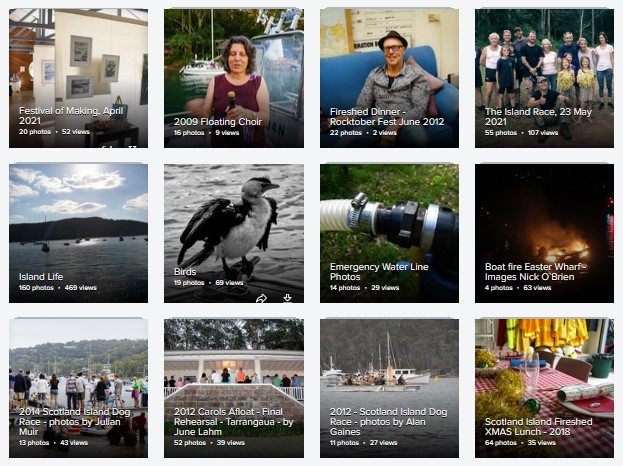| Having trouble reading this newsletter? Visit https://ymlp.com/archive_gesgjgm.php | ||||||||||||||||||||||||||||||||||||||||||||||||||||||||||
 |
||||||||||||||||||||||||||||||||||||||||||||||||||||||||||
September 1, 2021 |
||||||||||||||||||||||||||||||||||||||||||||||||||||||||||
|
Newsletter for the
Offshore Residents of Pittwater, Australia - Volume 22,
Issue 1160
We acknowledge and pay our
respects to the Traditional Custodians of
Pittwater, as well as our indigenous readers
|
||||||||||||||||||||||||||||||||||||||||||||||||||||||||||
FIRIES SPECIAL
This edition of the PON
looks at Scotland Island Rural Fire Brigade: past,
present and future. With June marking the 30th
anniversary of the opening of the fire shed, we look
back at the brigade's early years. August's AGM saw
the departure of some familiar faces, plus some new
arrivals. And with the start of the fire season only
weeks away, we need to think about how best to support
the brigade during the summer ahead.
All in all, it's time
for a PON firies special. This edition is dedicated to
all those selfless individuals who devote, and have
devoted, their time and energy to Pittwater's offshore
brigades. You, ladies and gentlemen, are the backbone
of our community.
Contents
Scotland Island Brigade AGM: 22 August 2021
Never was there an AGM like it! Normally held in the fire shed in June, the meeting had been postponed due to the COVID lockdown. But postponement meant pushing the AGM into HRB season. ‘HRB’ refers to hazard reduction burning, the practice of conducting controlled burns so as to reduce bushland fuel load. There are very few days in the year when weather conditions permit HR burns. And with the fire season only weeks away, it became clear that neither the AGM nor the island’s much-needed burns could be delayed much longer. With limited time, the solution was to hold the two on the same day. On the morning of 22 August, teams from Scotland Island Rural Fire Service conducted two separate burns. The first was on the upper part of Pathilda Reserve and an adjoining vacant block. The second was along the eastern periphery of Elizabeth Park. Then, with the burns well under control, it was time for the AGM which, due to COVID, had to be held entirely online. Despite the challenging circumstances, all formalities were properly observed, thanks to Graeme Crayford's adept chairing. These are the main points that arose:
Towards the end of the meeting a fresh management team was elected, as detailed below. The brigade needs new members. In particular, the following positions remain vacant:
 The new management teamField Officers:
Administrative Officers:
 Departing committee membersWith sadness we bid farewell to two committed RFS members who are leaving the island as well as the brigade. Graeme Crayford It was characteristic of Graeme’s devotion to the brigade that he ran its 2021 AGM, despite it being his last day on the island, having recently sold his house near Bells. Graeme joined the brigade in 2011 and has been an active member throughout the last decade. Serving first as secretary, Graeme became vice president in 2013. Then for the last six years he has been its president. Graeme's commitment to the brigade went well beyond the standard obligations of president. Graeme was an active firefighter, regularly attending brigade operations. He was also a diligent member of the brigade's CFR (Community First Responders) team, and was often the first on the scene of medical emergencies. Besides the RFS, Graeme engaged in community life in other ways. He was instrumental in managing the community vehicle, which he regularly drove. He was also a member of SIRA's Roads, Drainage and Environment Sub-Committee, where he provided effective liaison between SIRA and the fire brigade. Graeme, the island is indebted to you. We hope
you enjoy your new home on McMahons Point. Annette Ritchie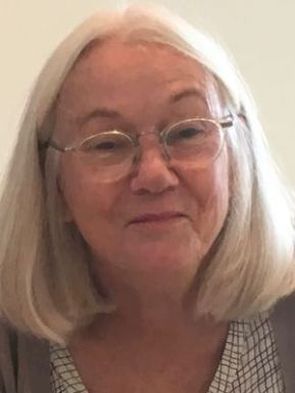 Annette
completed her service to the island brigade in the
capacity of both social secretary and station
officer. These positions she fulfilled with
energy. Annette was also an active member of the
CFU (Community Fire Unit), regularly attending
training. Annette
completed her service to the island brigade in the
capacity of both social secretary and station
officer. These positions she fulfilled with
energy. Annette was also an active member of the
CFU (Community Fire Unit), regularly attending
training. As station officer, Annette oversaw extensive improvements to the fireshed: the painting of its internal walls and the installation of a new kitchen. As social secretary, Annette helped organise a number of dinners and other functions. But she helped in less conspicuous ways, for instance often being first at the shed to open up the doors in the event of an emergency. Annette's contributions to the island community
extended beyond the RFS. She regularly helped out
at Island Players performances. What's more, she
administered TUG (Tennis Users Group), the
collective of residents who tie up at Tennis Court
Wharf. Besides managing the group's affairs,
Annette was an invaluable guardian of residents'
boats, often acting as a lookout for any
succumbing to heavy rain.
Annette is moving to Elanora Heights after over
30 years as a stalwart of the island community. We
wish her well.
Geoff Bullock Geoff is
not leaving the island, but he is stepping down from
the brigade's management team, having served as
brigade secretary for the last four years. Geoff is
not leaving the island, but he is stepping down from
the brigade's management team, having served as
brigade secretary for the last four years.
Outside the brigade, Geoff is best known for his contribution to the offshore music scene. A singer, songwriter and pianist, Geoff has recorded over 20 albums and written two books. Known to some of the island's younger inhabitants as the White Wiggle, he was a popular performer at the kindy, while older audiences will have seen him with partner Tina Harrod and his group The Stickmen performing at fire shed dinners. Stuart Laughton
Stuart Laughton is stepping down as equipment officer, the person responsible for ensuring that the brigade's firefighting gear is kept is good order. Stuart served in that position on and off over the last few years. Stuart remains living on top of Scotland Island and promises to remain involved in brigade activities as an active firefighter. Stuart served in the Australian military for many years. Since 1994 he has devoted much of his time to hunting and culling feral wild pigs and hogs. He runs a YouTube channel 'Hunting with Stu', which has over 200,000 subscribers and has attracted international media attention. From time to time Stu also organises kayaking trips around Pittwater.  A Brief History of Scotland Island Fire BrigadePart I: the early years (1955 - 1965)Roy Baker
From the very beginning bush fire fighting in New South Wales was rooted in community. And that's still the case today. The Rural Fire Service, a government agency, oversees fire operations. But it has always been groups of unpaid locals who actually douse the flames. What’s more, the RFS was not established until 1997, while volunteer brigades, often woefully ill-equipped, had started to form over a century earlier.
In the case of Scotland Island, its brigade was founded in 1955. Its origins could hardly have been humbler. Initially set up in someone’s living room, the brigade began as an offshoot of the Scotland Island Progress Association, as SIRA was then known. Indeed it was at SIPA’s second meeting that the motion was passed to form a brigade, with SIPA office holders intended to oversee its affairs. Today’s western foreshore and
island brigades have a combined total of two boats and
five (soon to be six) land vehicles at their disposal.
Scotland Island began with nothing. In those days it was
left to local authorities to supply brigades. And so a
SIPA delegation was sent to Warringah Council, who
‘reluctantly’ assented to £490 worth of supplies:
basically a pump, some hose and 20 knapsack sprays. £490
approximates to $17,000 in today’s money. The collective
value of the fire fighting equipment on the island today
runs well into six figures.
The shed then grew by a number of extensions, finding uses as de facto community centre and playschool. (The present hall wasn’t finished until 1982 and the kindy building followed in 1989.) Unfortunately the location of
the shed, below a steep bank, meant that it was subject
to land slippage. Older residents might remember being
called upon to attend the shed with bucket and mop to
clean up the mess. Sixty years ago things were a little different. The brigade’s early firefighting strategy was to locate a dozen knapsack sprays (each costing $160 in today’s money) at homes around the island: approximately one spray for every 10 houses. The owners of these homes were expected to ensure that the sprays were easily accessible to their neighbours, should they be absent at the time of need.
We must remember that at the time of the brigade’s foundation the island had less than 100 houses, with very few permanent residents. Obviously today’s RFS is far better equipped because it serves a much larger island population. But some things never
change, most of all the need for strong community
support for local brigades. What’s most noticeable from
island archives is that back in the 1950s every
able-bodied man was expected to play a role in the
brigade. Women were, at least, invited
to attend early SIPA and brigade meetings. Provided, of
course, they feed the men. Interestingly, the ‘ladies’
were expected to ‘bring a plate’, while the ‘gentlemen’
were invited to ‘bring a bottle of their choice’. In
terms of broader society, one wonders how much has
changed.  Fire Quiz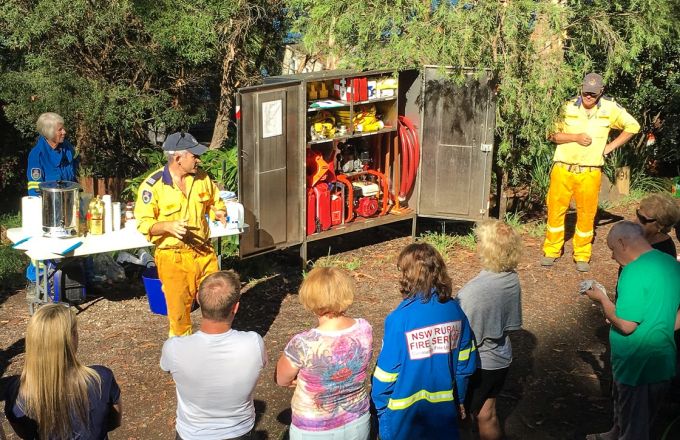 There's no prize this time, but this quiz is a chance to test your fire knowledge. How much do you know about fire behaviour, the island brigade, and your responsibilities when it comes to such things as pile burns in your garden? To access this anonymous, multiple-choice quiz of ten questions, click here.  Scotland Island Garden Organics CollectionSunday 5 September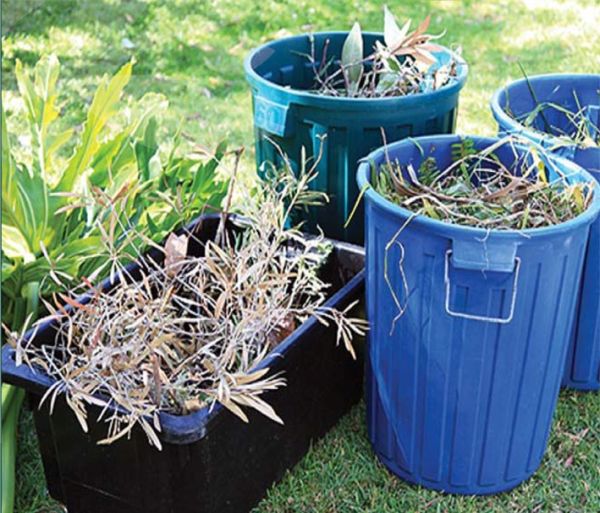
Please present your
vegetation in tied bundles and/or hard sided
containers. Place out a maximum of 2 cubic
metres per collection per household.
Material presented in plastic, nylon or hessian bags, cardboard or foam boxes and untied bundles will not be collected. ACCEPTABLE MATERIAL Leaf litter, prunings and cuttings placed in hard sided containers Branches no longer than 1.2m and no thicker than 75mm, tied into manageable bundles with twine Cut-up palm fronds, tied and bundled UNACCEPTABLE MATERIAL Large tree stumps Soil Painted / treated timber  IMPORTANT
REMINDER IMPORTANT
REMINDERThis is not the same as the fine fuel collection. MATERIAL PLACED OUT IN BULKA BAGS WILL NOT BE COLLECTED A private contractor should be engaged to remove such bags. Please decant your material into hard-sided containers or tied bundles. It has not yet been confirmed whether Northern Beaches Council will organise a fine fuels collection this spring. Place materials on the roadside no later than 6am, Sunday 5 September. Pasadena Liquor Licence ApplicationDeadline for submissions: 17 September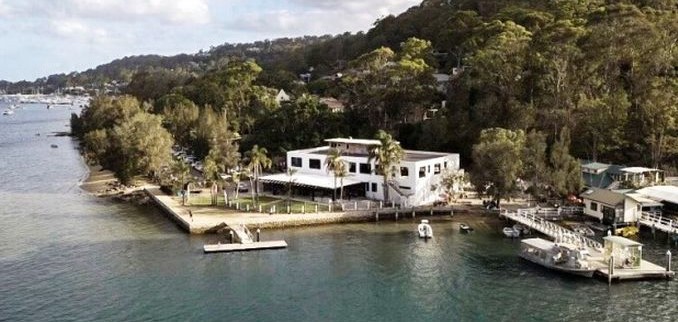
The Pasadena at Church
Point has applied to Liquor & Gaming NSW for an
extension of their alcohol sales licence. The purpose of
the application is to permit the Pasadena to sell
alcohol in the shop adjoining Thomas Stephens Reserve.
Details of the application
can be found here. If you download the plan
(under 'supporting documents') then the blue line
encompasses the area where alcohol may currently be sold
and the red line indicates the area which is the subject
of the application.
Submissions to Liquor &
Gaming NSW supporting or opposing the application may be
sent via the same site. The deadline for submission is
17 September.
Scotland Island Round-the-Island Swim Postponed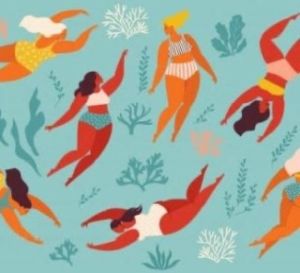 The inaugural Scotland
Island Swim, a circumnavigation of the island, is
postponed due to COVID. The swim had been due to take
place on 12 September.
A new date will be announced as soon as possible, perhaps in the late spring or summer. Join our WhatsApp Swimming Group if a summer swim is more your thing. Shona Forsyth  For sale: Bunk beds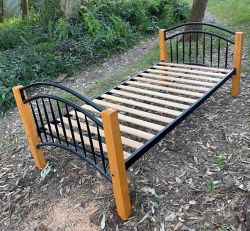
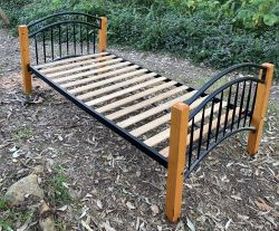 For sale: a pair of bunk
beds, which can also be used as two single beds.
Great condition: very
sturdy frame.
$100 Text Nicole: 0426 162 843 
|
 |
 |
 |
The Online Local Contacts Guide
Click HERE to load
Pittwater Offshore Photo Gallery


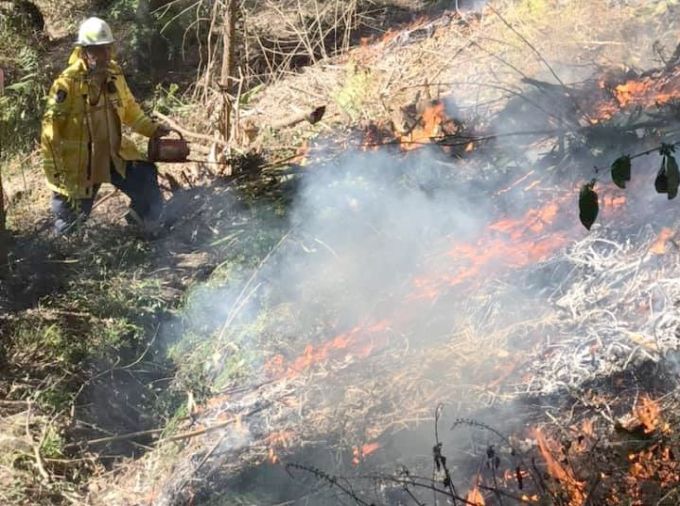
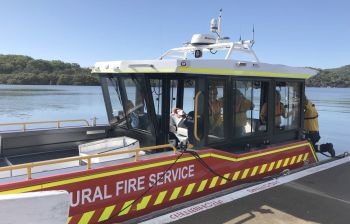

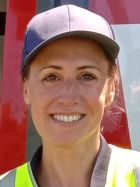










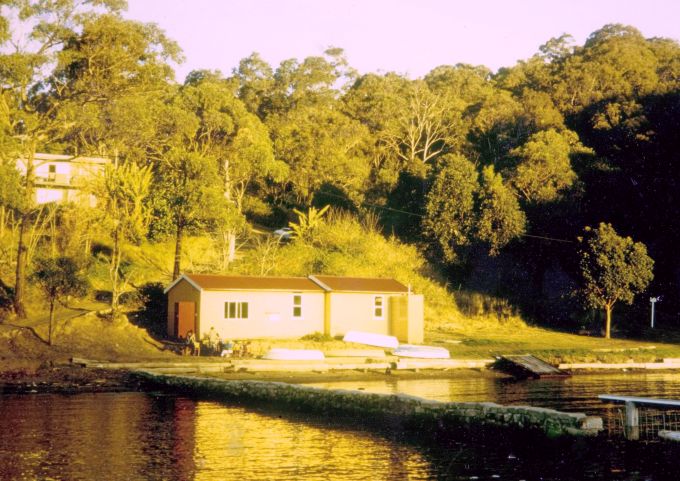
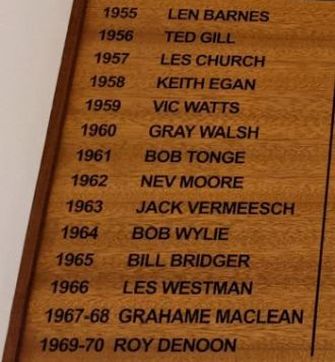
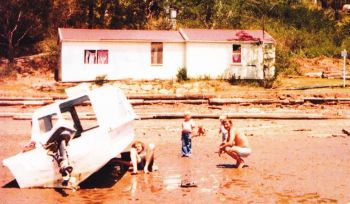
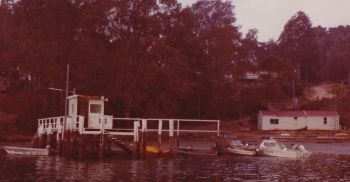
 Wanted: a landline phone
Wanted: a landline phone 